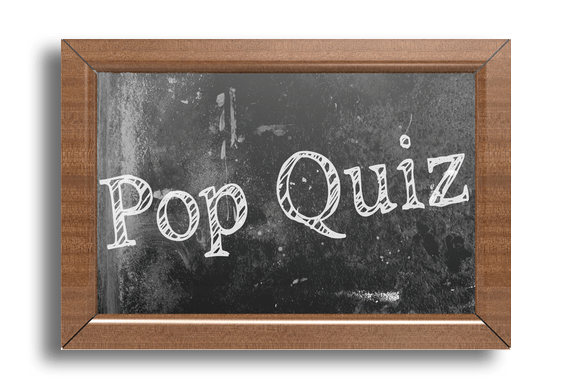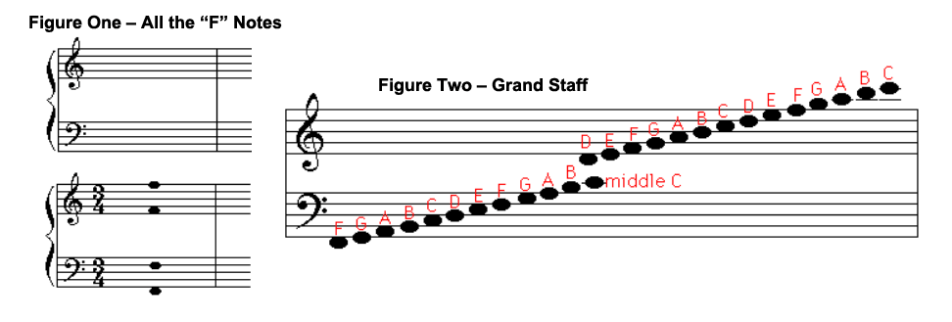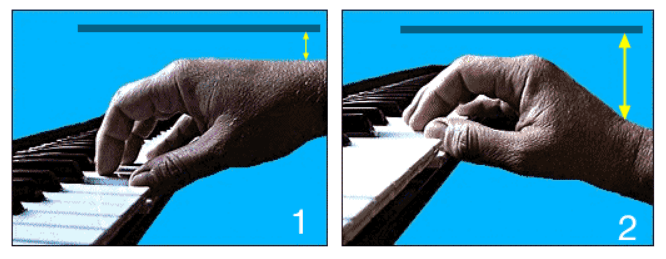

Lesson 11 - Section 1

Pop Quiz!
Yes, this is a pop quiz. You will want pencil and paper to take this quiz.
Lesson 11 - Section 2

Exploring the Grand Staff
In your music note book, you are about to make a chart. This chart will show all the same name notes and their location on the staff.
Lesson 11 - Section 3

Proper Hand Posture
Lots of work in this lesson? Yes there is. This is the next to the last section, so hang in there.
Lesson 11 - Section 4
You are Truly Wonderful!
This lesson is over with . . . done, complete, end, finished. Good job. I admire your desire to play the piano. If you have come this far on your own without a teacher being in the room with you and pushing you, it is obvious that you do have what it takes to become a great piano player. I bow to you. Thank you.